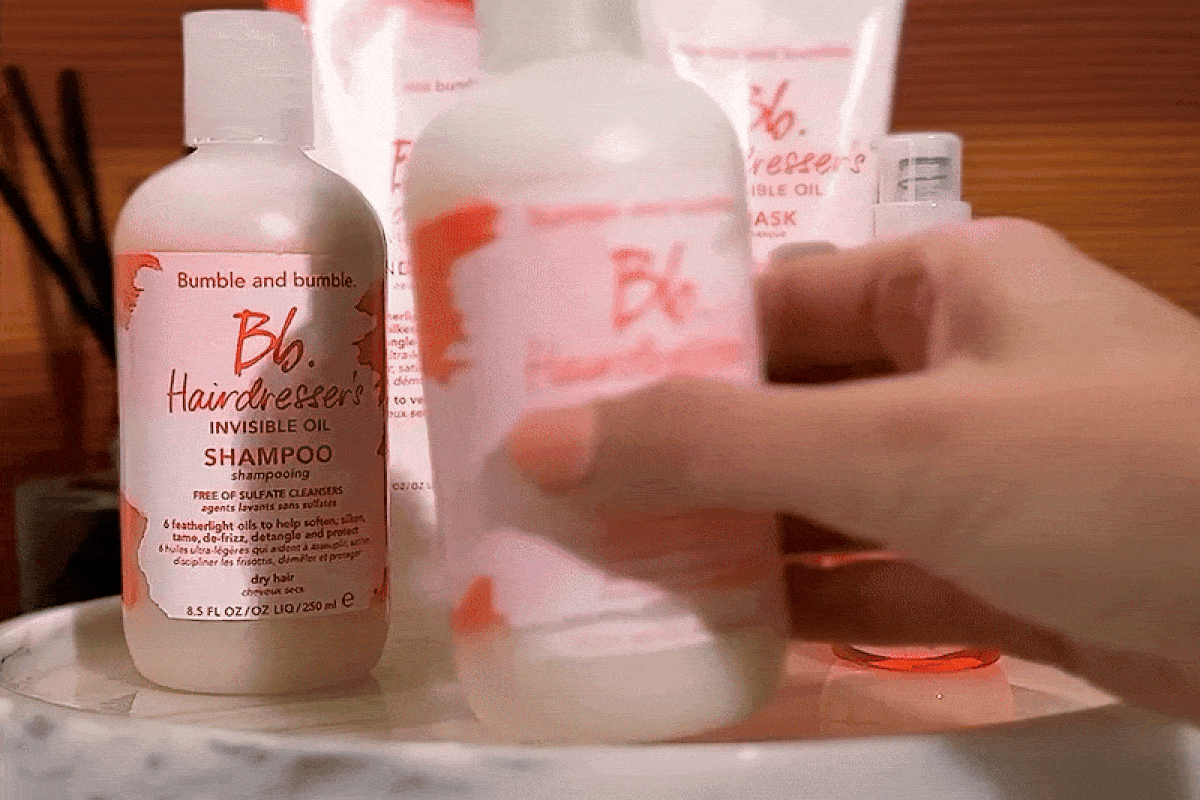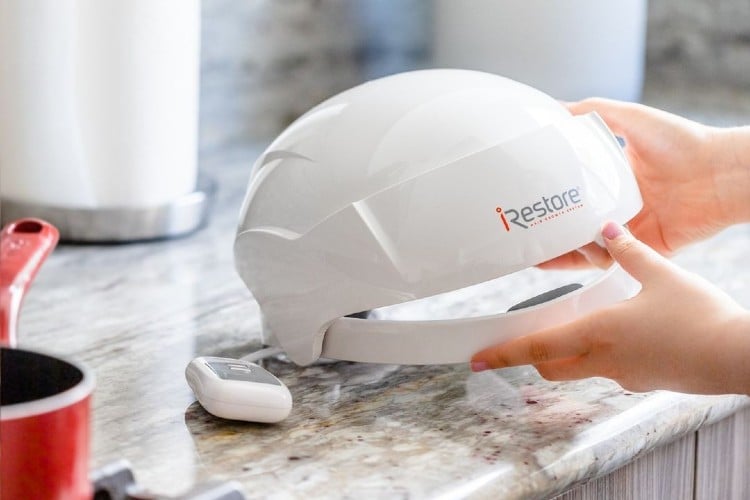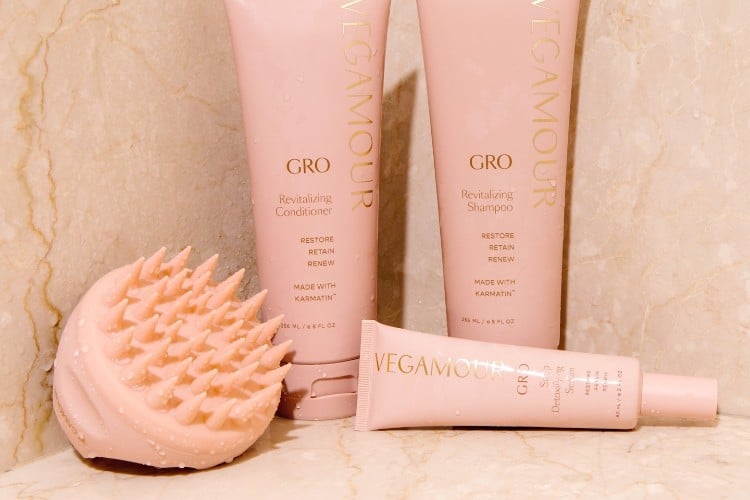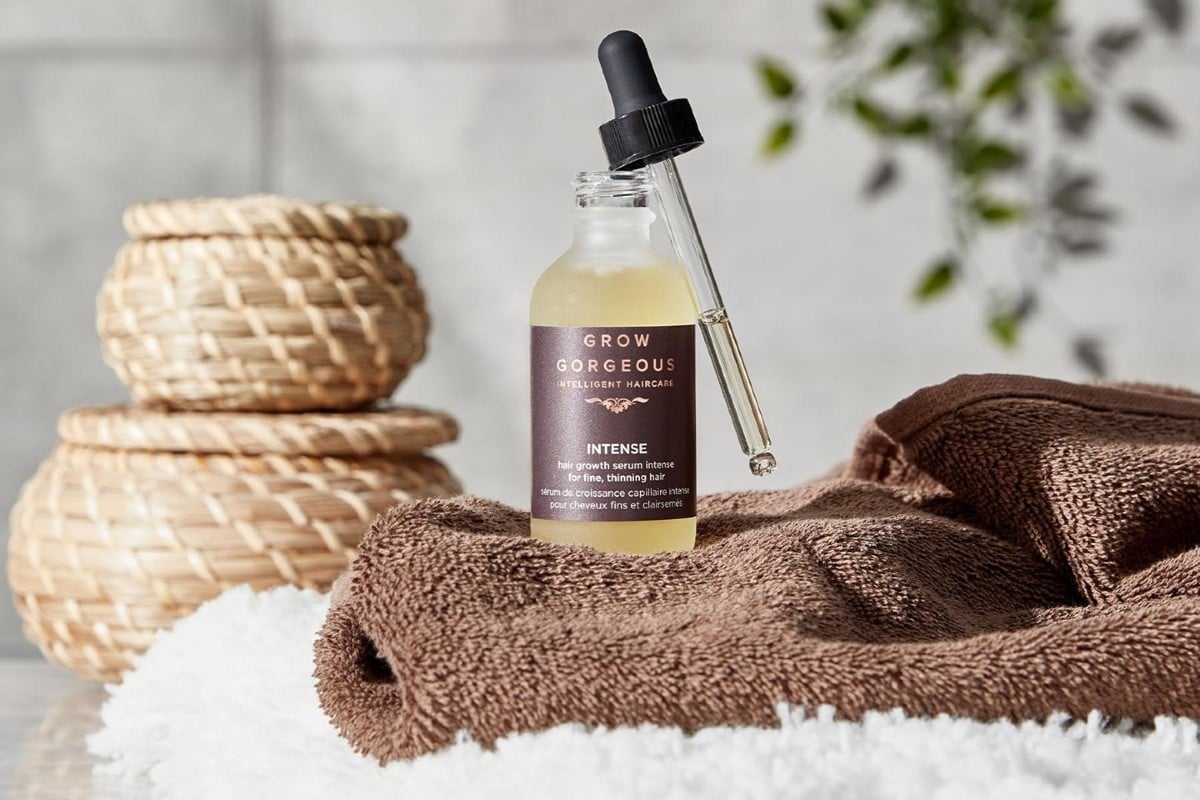Last time updated by Ana Vasilescu.
From tried-and-true remedies that have stood the test of time to cutting-edge innovations that push the boundaries of science, the landscape of hair loss treatments is ever-growing. So we’re here to shed light on the solutions that have garnered overall credit and give you a comprehensive overview of what works and what doesn’t. Whether you’re a believer in old-school remedies or hungry for tech-y stuff, there’s a treatment that promises to tackle this age-old problem head-on.
Before we go to the good bit, hear this: hair loss has no one-size-fits-all solution. Hence, you need to assay the causes and target them accordingly. Does your hair lack nourishment? Add some supplements to your daily diet. Are hormones the culprits behind your thinning hair? Introduce DHT blockers to your haircare regimen. You get the point.
Now, read on to discover what people use to regain thick, fuller hair.
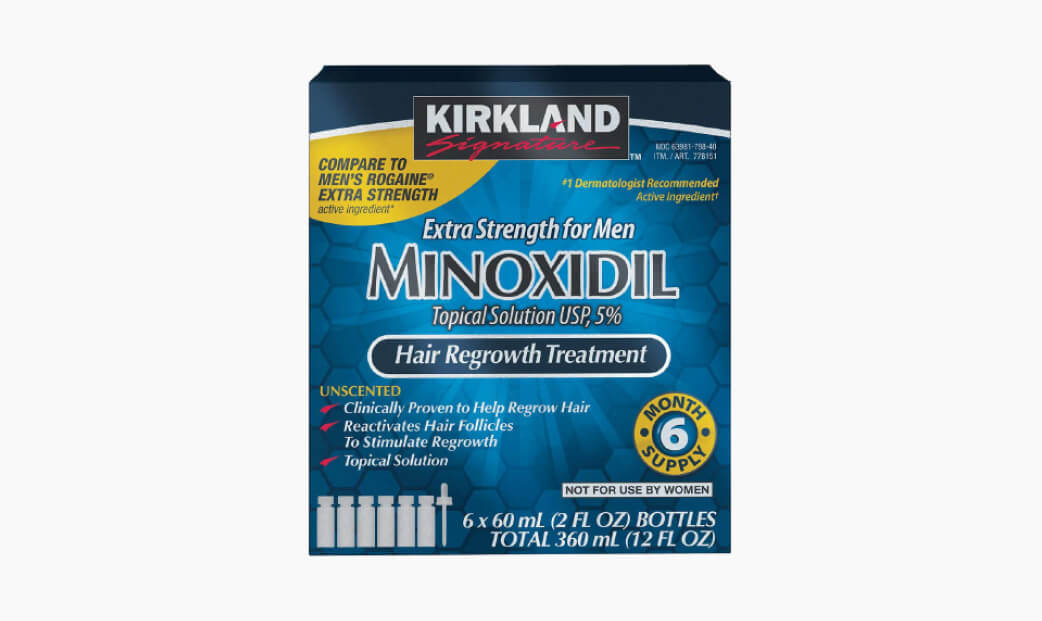
Minoxidil (Rogaine)
Minoxidil is the first drug approved by the FDA for treating hair loss and is expected to work for 2 out of 3 people. It’s sold as a liquid or foam and is found in two strengths, 2%, and 5%, respectively.
As a vasodilator, minoxidil opens and expands the blood vessels at the applied area. This in turn stimulates blood flow and increases nourishment delivery in the scalp. By driving more nutrients and oxygen to follicles, minoxidil not only supports thicker hair but also reduces hair shedding—and there’s a lot of research proving it. In addition, minoxidil has been shown to extend the growth phase of the hair follicles, known as the anagen phase. This prolongation allows the hair to grow for a longer duration before entering the resting phase.
While minoxidil works, set yourself realistic expectations. You gotta stick with it, stay consistent, and give it at least a few months to start seeing signs of new hair growth. Good things come to those who wait, right?
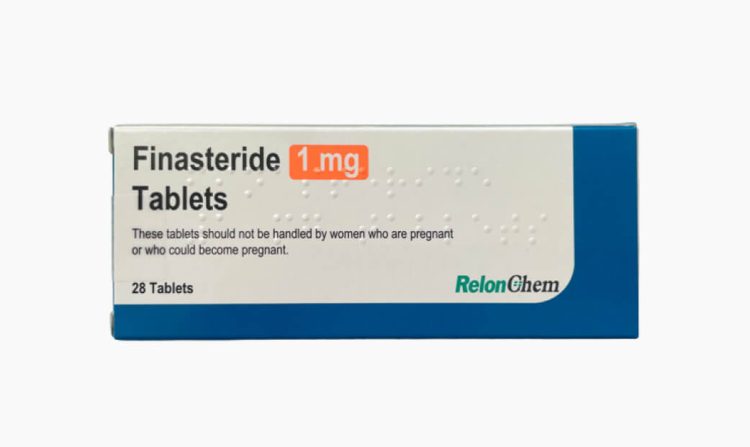
Finasteride (Propecia)
Finasteride is another FDA-approved treatment commercially found under the name of Propecia. It works to minimize hair loss by inhibiting testosterone conversion into dihydrotestosterone (DHT), a hormone that makes hair follicles shrink, weaken, and eventually die. The treatment works best for androgenic alopecia, a condition that follows a receding hairline and thinning at the crown and leads to baldness.
Typically, finasteride is available in tablet form, with the most common strength being 1mg. It’s taken once daily, with or without food.
However, we should mention that finasteride is primarily prescribed for male pattern hair loss and is not approved for use in women. Especially women who are pregnant or planning to become pregnant should avoid handling crushed or broken finasteride tablets.
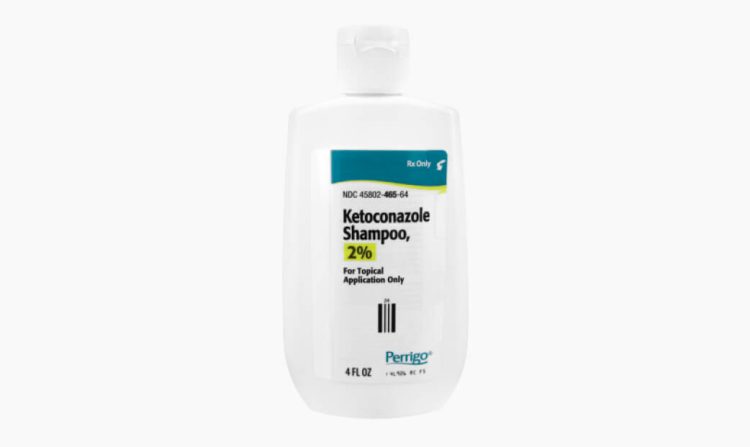
Ketoconazole (Nizoral)
Ketoconazole, sold under the brand name Nizoral, is a breakthrough ingredient in shampoos that has shown promising results in clinical trials. In a pilot study of 15 patients, it led to considerable new hair growth in just one month. It’s available in 1-2% strength and can be purchased over the counter or through a prescription, depending on the country.
This ingredient work by reducing scalp inflammation. It has also been found to have antiandrogenic properties, meaning it can potentially block the effects of androgens such as DHT, just like finasteride.
Redensyl, Capixyl, and Procapil
Procapil, Redensyl, and Capixyl are some of the most powerful active ingredients used in serums for hair growth.
Redensyl was developed by Induchem Laboratories in Switzerland and is a complex of botanical ingredients with properties to stimulate cellular activity and awaken dormant hair follicles. On the other hand, Capixyl and Procapil are two breakthrough formulas obtained from International Flavors and Fragrances Laboratories (France), respectively, Sederma Laboratories (France). They have a DHT-blocking mechanism and are known to increase hair growth by offsetting cellular damage.
The best part is yet to come. It turns out that the combination of Redensyl, Capixyl, and Procapil is the same or even more effective than minoxidil in the long term while having fewer side effects.
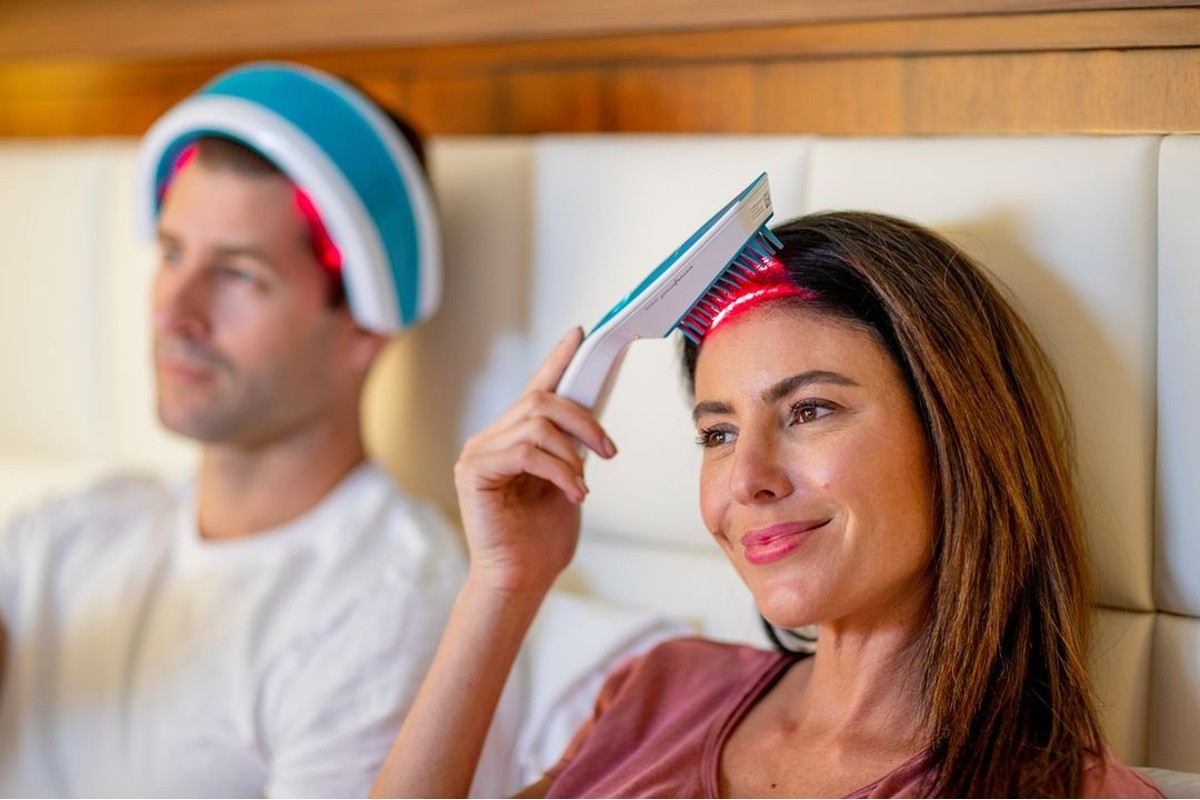
Low-level laser therapy
Low-level laser therapy (LLLT) has shown great potential in treating the most common forms of hair loss since Endre Mester discovered it in 1967. LLLT is a non-invasive, safe, FDA-cleared, and effective treatment that encourages hair follicles to grow fuller and thicker hair.
It turns out that when scalp follicles absorb the laser energy, their cellular activity is stimulated. HairMax LaserComb, a handy and comfortable brush-like device designed with nine medical-grade lasers, is the first LLLT device approved by the FDA for home use. Now, at-home laser hair growth devices come in all shapes and sizes, including helmets and hat-shaped devices, with prices ranging from $40 to $2,500.
Home remedies
Some people opt for natural remedies like essential oils (e.g., rosemary oil, peppermint oil), herbal supplements (e.g., saw palmetto, biotin), or changes in diet and lifestyle to promote hair growth.
These home remedies might not bring transformative results (as they’re not that potent to change a person’s natural growth cycle), but they can help condition the scalp and nourish the strands:
- Peppermint oil: It creates an optimal environment for hair growth due to its ability to kill bacteria and reduce oxidative damage. It also boosts blood circulation thanks to its vasodilatory effects, helping hair follicles to receive more nutrients and oxygen.
- Onion juice: Onion juice is often used in folk medicine to enhance hair vitality and restore its shine and thickness. That’s because onion juice is a rich source of sulfur needed to produce enzymes and proteins necessary for hair growth. Onions also contain antioxidants, such as flavonoids, that protect against the premature aging of hair follicles and oxidative damage.
- Cayenne pepper: Cayenne is a good source of vitamin A and contains potassium and fiber that can keep hair healthy. Besides, capsaicin, one of the compounds in cayenne pepper, can stimulate blood flow in the scalp and reduce inflammation.
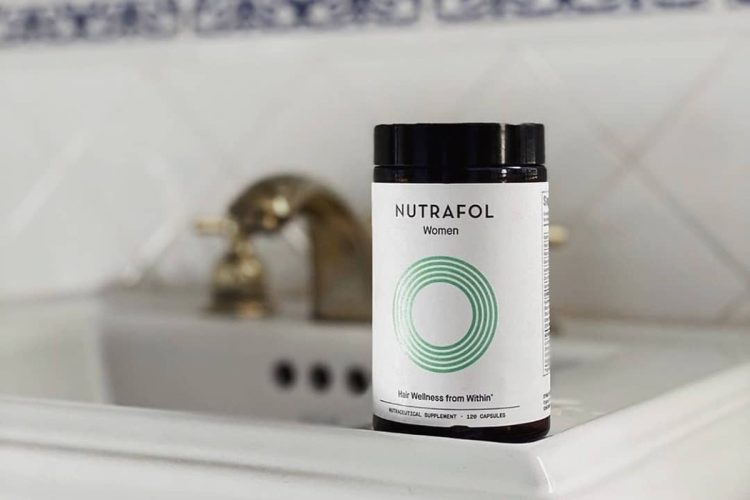
Supplements
The deficiency of micronutrients in the body is one of the most common causes of thinning hair. If the hair is not fed with the necessary nutrients, it’s hard to keep its cuticle integer and hold enough water in its fibers to stay elastic and strong. Vitamins A, B, C, D, E, iron, selenium, and zinc—your hair needs all of them for healthy growth.
In one study, the use of supplements in case of deficiencies was associated with a visible increase in hair count within a mere three months. However, while promising, supplements come with their own side effects, and without an underlying deficiency, they may not help at all. In fact, over-supplementing certain nutrients, like vitamins A and E and selenium, has actually been linked to an increase in hair loss.
Keep in mind the FDA does not have the authority to review dietary supplements, so it’s your responsibility to check their safety. Websites such as the Natural Medicines Comprehensive Database or the National Institutes of Health Office of Dietary Supplements’ PubMed Dietary Supplement Subset and Dietary Supplements Ingredient Database may be of help in this quest. Be mindful of finding a balance that nurtures your hair without tipping the scales in the wrong direction.
Related: 10 Best Supplements To Support Healthy Hair Growth
Hair transplants
If no treatment helped regrow your hair, a hair transplant might be where you are at. It’s been a while since the first procedure was performed in 1952 by Dr. Norman Orentreich. Since then, the technology has improved considerably, with most clinics reporting success rates of 90% or higher.
Briefly, this type of cosmetic surgery involves relocating hair follicles from areas with healthy growth to areas experiencing thinning or balding. There are two popular methods for hair transplant: follicular unit strip surgery (FUSS) and follicular unit extraction (FUE).
Hair transplants are popular among A-list, too. Naomi Campbell, Fergie Duhamel, Jennifer Aniston, Oprah Winfrey are just a few of the A-listers who did it. Just make sure you put yourself in the hands of a trusted, qualified, and experienced specialist. If you live in the USA, be ready to spend anywhere between $4,000 to $15,000 for this procedure.
Factors to avoid that can cause hair loss
The cumulative effects of environmental factors, such as UV exposure, wind, and chemicals in hair products, can hurt the hair structure. Grooming habits have a strong impact on hair fibers too. Daily shampooing cleanses off the protective layers of sebum covering the hair, causing the shaft to dry out and become more prone to friction.
Late nights? Bad idea. Have you ever been asked how sleep influences hair’s health and growth? While sleeping, the hair follicles go to work. Only good nights of sleep can help ensure that the process occurs seamlessly. Contrarily, lack of sleep hinders the cells from doing their job, which can lead to a decrease in hair quality. When we lack sleep, the stress level increases and cellular functioning is reduced. On the other hand, certain hormones are secreted when we sleep, restoring all body cells’ work.
Last but not least, consider having an active and healthy lifestyle. A sedentary lifestyle where sitting all day in front of your TV or computer won’t benefit your hair. How can exercising help hair grow faster? While exercising, the scalp’s blood circulation increases, allowing more nutrients to reach the follicles. Moreover, when the scalp is sweating, it opens the pores and gives more room for new hair to grow.
The verdict
Before you start a new treatment regimen, it’s a good idea to consult with a dermatologist or trichologist to explore underlying medical conditions or potential hormonal imbalances that can affect your hair health.
Now speaking of treatments, minoxidil and finasteride remain the most reliable options. These are the only two treatments cleared by the FDA and proven to promote hair growth. Don’t expect miraculous results overnight, though. It can take up to three years to see visible changes.
Low-level laser therapy also works, and modern devices are incredibly comfortable and easy to use at home. But the thing with these devices is that they only work when used in the early stages of hair loss. Meaning they won’t work if you’re already bald or have a genetic condition.
In the end, if none of the above hair loss treatments have given you the results you expected, the hair transplant might be your last solution for now. And if you’re not a pro of surgical procedures, consider exploring alternative options such as hair extensions or wigs to enhance your desired hairstyle and boost your confidence. Lastly, remember that beauty is not solely defined by one’s hair, and countless people exude confidence and charm with various hairstyles or even bald heads.


